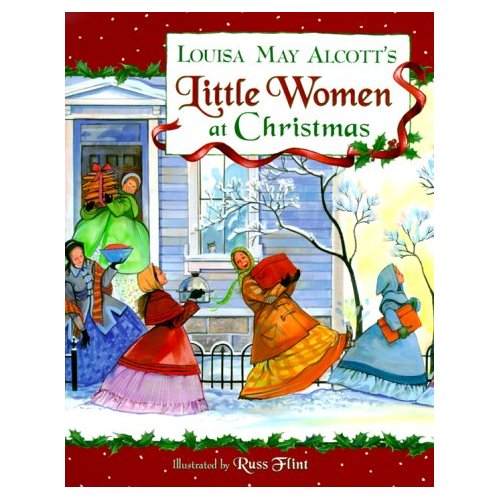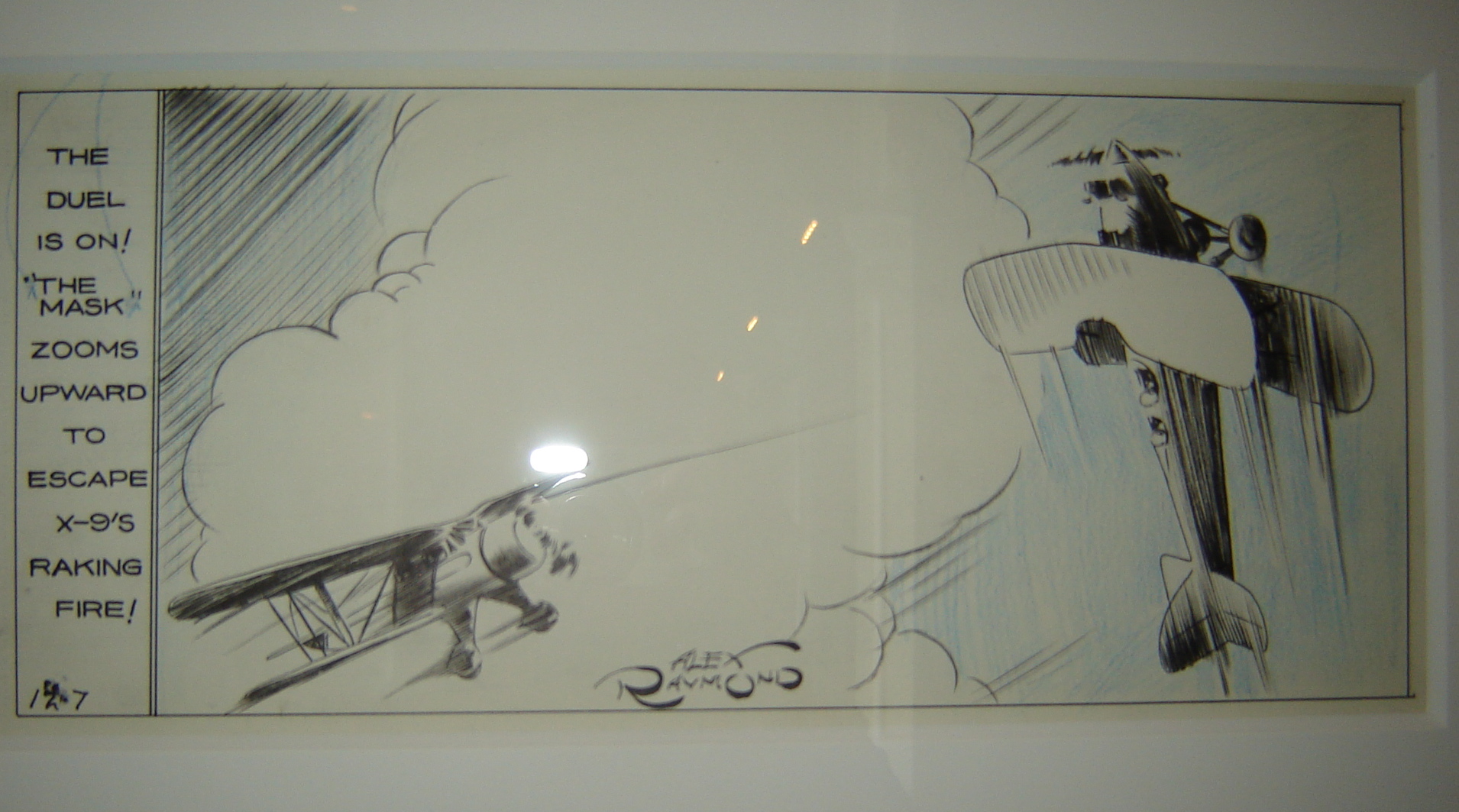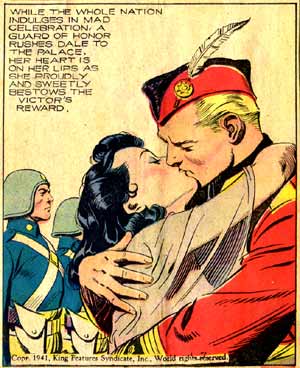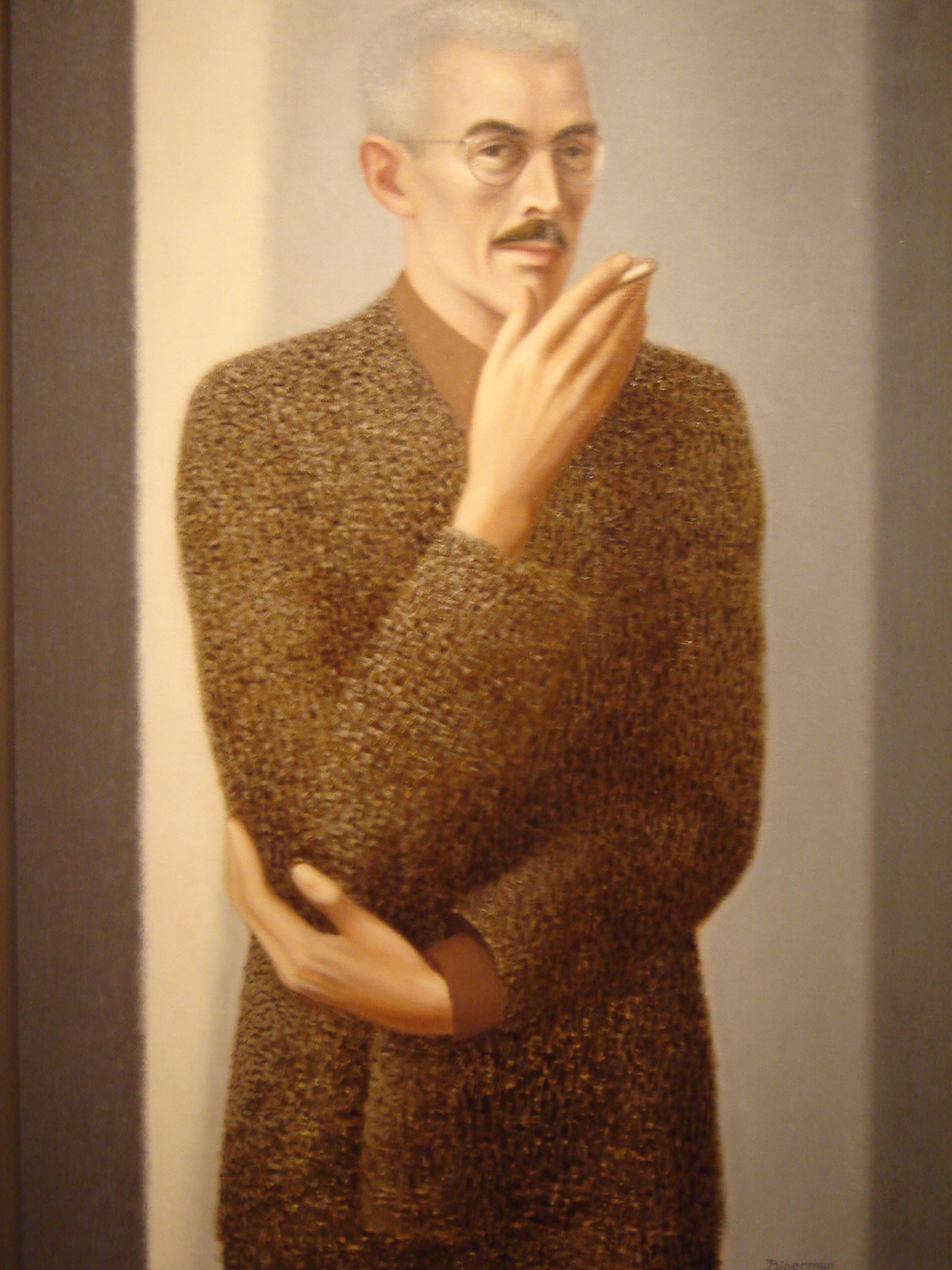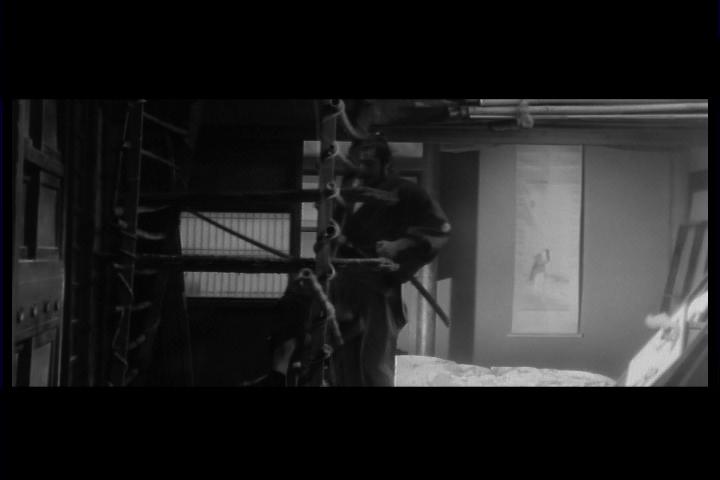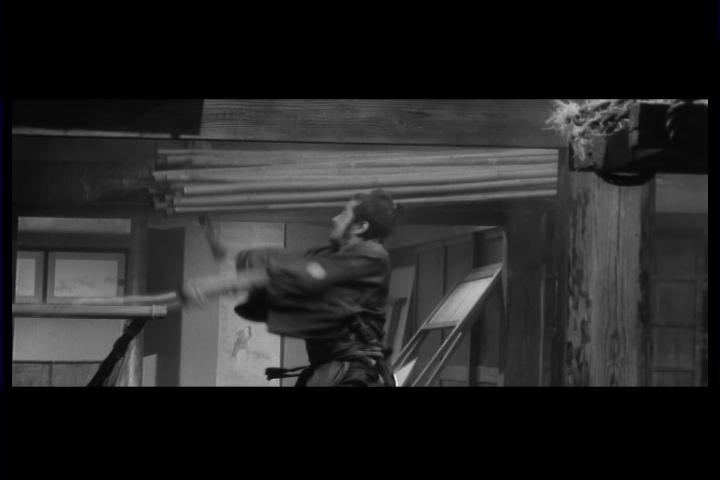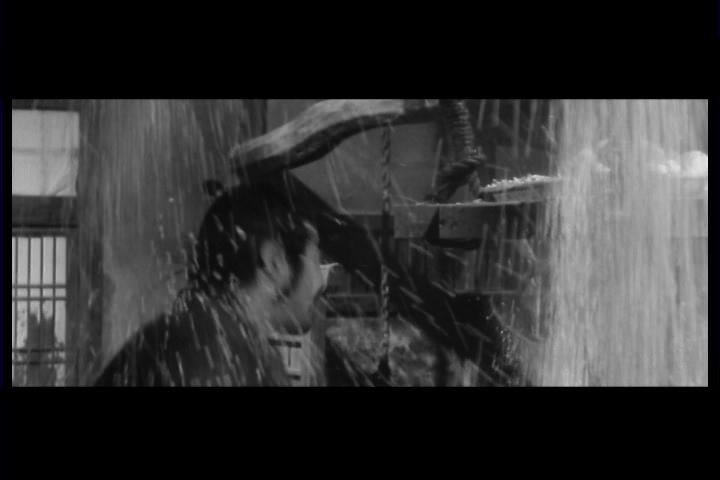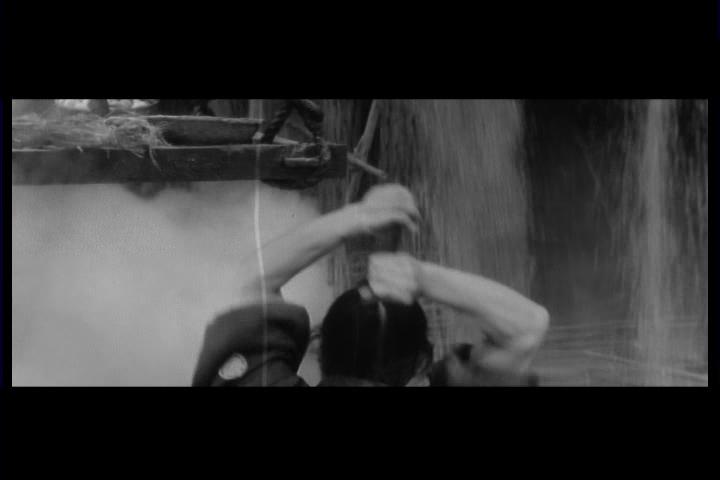I wanted to speak in defense of Meg, again, because I don’t think I fully expressed (or had realized) my thoughts on the matter in class, and because I feel Meg needs a little bit more defending. I’ll preface by saying this entry will basically be me looking at my personal life as a lens for Meg, which make take my argument down a little on the intellectual scale, but will, I think, put Meg in a more here-and-now human context.
I’m getting married this summer, which I suppose makes me identify with Meg strongly, which makes me feel I have some insight into what her inner life would have been like. While I’m excited about getting married, there are certain things I will be giving up, like grad school. While I have teetered on the fence about whether grad school is really the environment for me, the more I work to narrow my interests, the more I think I could be successful there, and the more I think I would enjoy it. Alas, where we’ll be living doesn’t have a grad school with appropriate programs in commuting distance. How does this relate to Meg? Well, Meg’s no dummy, obviously, as she serves as a governess. Not to mention in her day-to-day interactions with Jo she is receiving intellectual stimulation and the ability to discuss ideas and philosophies with someone else. While this may still be possible in her married life, the form it takes will be drastically different, and I think she must have struggled with the idea of loosing this outlet for her intellect.
I also, occasionally, feel I will be loosing a certain amount of my independence. I don’t mean independence in the sense of physical freedom, more in the idea that I have to make decisions for more than one person, but also that I won’t get a chance to see if I’m truly capable of taking care of myself, paying bills, ect. While I’m confident I can, part of me would really like to be positive. I suppose this goes back to longing both for independence and family and the idea you can never truly have both. I think Meg would have felt this tension particularly when Jo went off to New York to live on her own and becomes quite successful. I believe she would have questions her ability to succeed and would have wished she could have a chance to see if she could do the same.
Finally, one of the deepest fears I imagine Meg had was that her children wouldn’t see her as intellectual. I too fear this, because I have never thought of my mother in this way. While my mother’s quite smart (she taught advanced math during my formative years) I don’t think she ever engaged in my intellectual development the same way my father did. My father tried to guide my reading and expose me to new ideas and viewpoints and discuss these ideas with me, while my mother was concerned with teaching me things like how to cook or fold clothes. There’s nothing wrong with this and just happens to be the way roles in my family fell as my mother is exceptionally good and overseeing these types of things (not to mention she’s a fabulous cook!), but I think there’s a deeper problem, that it is extremely difficult to view someone who cooks your meals and cleans up after you as having a rich intellectual life. That my (future) children might not see this in me terrifies me, and it must have been so for Meg.
So, I say, let’s not discount the decisions and sacrifices Meg must have made to choose marriage and the domestic life. Because I strongly believe she choose it. She might not have had many choices, but she did have a choice (Jo, after all, had a choice, which seems evidence enough that Meg did as well), but I don’t think her decision was an easy or clear-cut one at all.
